Occupational therapist and professor at the University of Burgos, Olalla Saiz, proposes, together with several of her students, a cognitive stimulation session for people with Alzheimer’s
Below, we explain the objectives of the intervention, the methodology, the schedule, the duration, and the activities chosen for the cognitive stimulation session for people with Alzheimer’s.
Objectives of the cognitive stimulation session for people with Alzheimer’s
Different activities from the platform will be used in order to improve some of the cognitive abilities that are affected in the early stages of the disease.
In addition, a series of specific objectives are proposed:
- Maintain episodic memory,
- enhance attention.
Methodology
- The activities will be carried out through the NeuronUP platform. In this way, if any of the users you are treating lives in another city, with NeuronUP2GO (NeuronUP’s at-home sessions) you could carry out an intervention and follow-up without needing to travel.
Schedule of the cognitive stimulation session for people with Alzheimer’s
To carry out the NeuronUP session, the following schedule will be followed:
| Activities | 1st Session | 2nd Session |
|---|---|---|
| First to Fly | Easy level | Medium level |
| Waiter in Action | Easy level | Medium level |
| Illuminated Windows | Easy level | Medium level |
| Avoid the Ticket | Easy level | Medium level |
| Press Conference | Easy level | Medium level |
Duration of the intervention
As shown in the schedule each session will last 45 minutes and will be carried out one per day, increasing its difficulty as the sessions progress. Each activity will last 5-10 minutes.
Cognitive stimulation session for people with Alzheimer’s
Below, we explain in detail the activities chosen to carry out the cognitive stimulation session for people with Alzheimer’s with NeuronUP:
1. First to Fly
What does it involve?
This activity consists of memorizing which butterfly is the first in a series that moves.
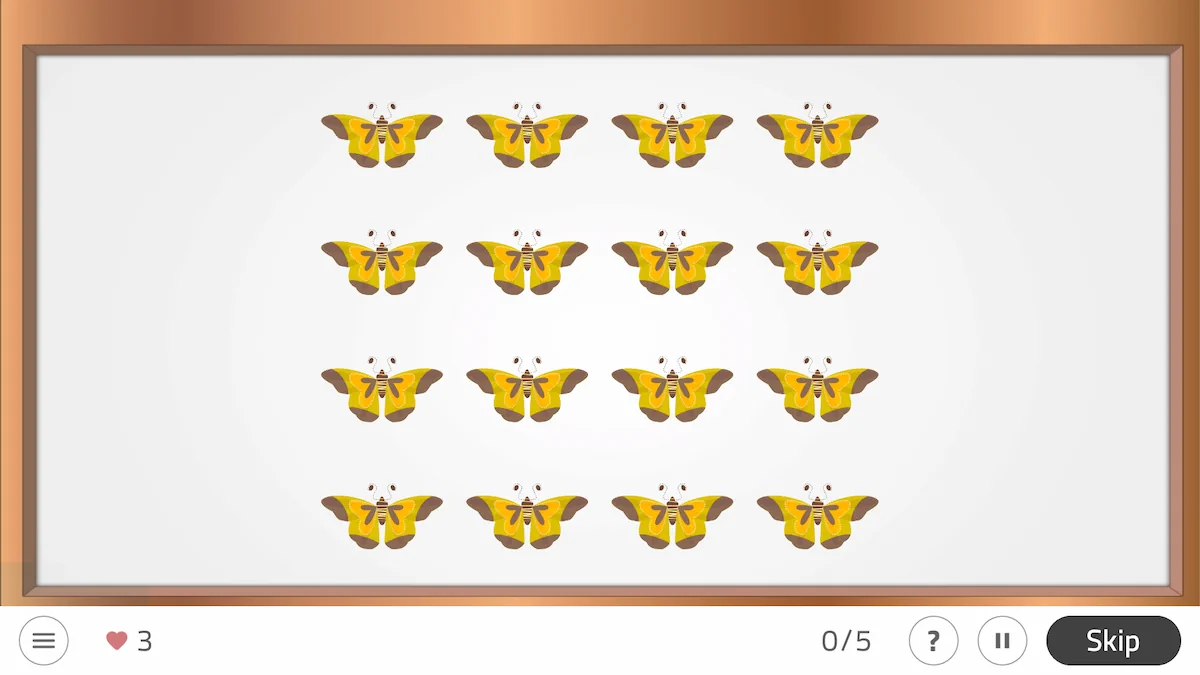
What does this activity target?
This activity targets episodic memory and inhibition.
Play by levels
The game is divided into 9 phases. Phase 1 is the easiest and phase 9 the most difficult.
In our case, we will start this activity in the first session at an appropriate difficulty level and will increase the difficulty level in each session, as reflected in the schedule.
2. Waiter in Action
What does it involve?
Users, who take on the role of waiters, must pay attention to the restaurant orders. They must serve each customer the ordered dish paying close attention, as the dishes will change. We show you an example in the following image:
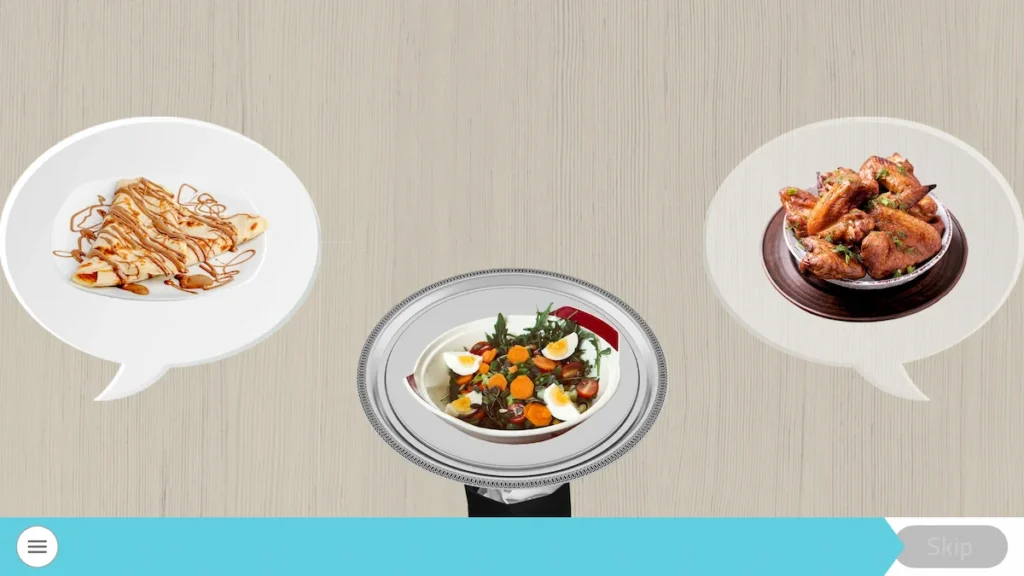
What does this activity work on?
Waiter in Action works on:
- alternating attention,
- inhibition,
- sustained attention,
- selective attention,
Play by levels
The game is divided into 9 phases. Phase 1 is the easiest and phase 9 the most difficult. The user will automatically move up or down in level depending on their correct answers or mistakes.
3. The Last Light On
What does it involve?
It consists of memorizing the position of the windows of a house and then reproducing them in the same order. The time allowed to memorize the sequence is fixed. There is also this exercise with free memorization time. In this case we have chosen the fixed option.
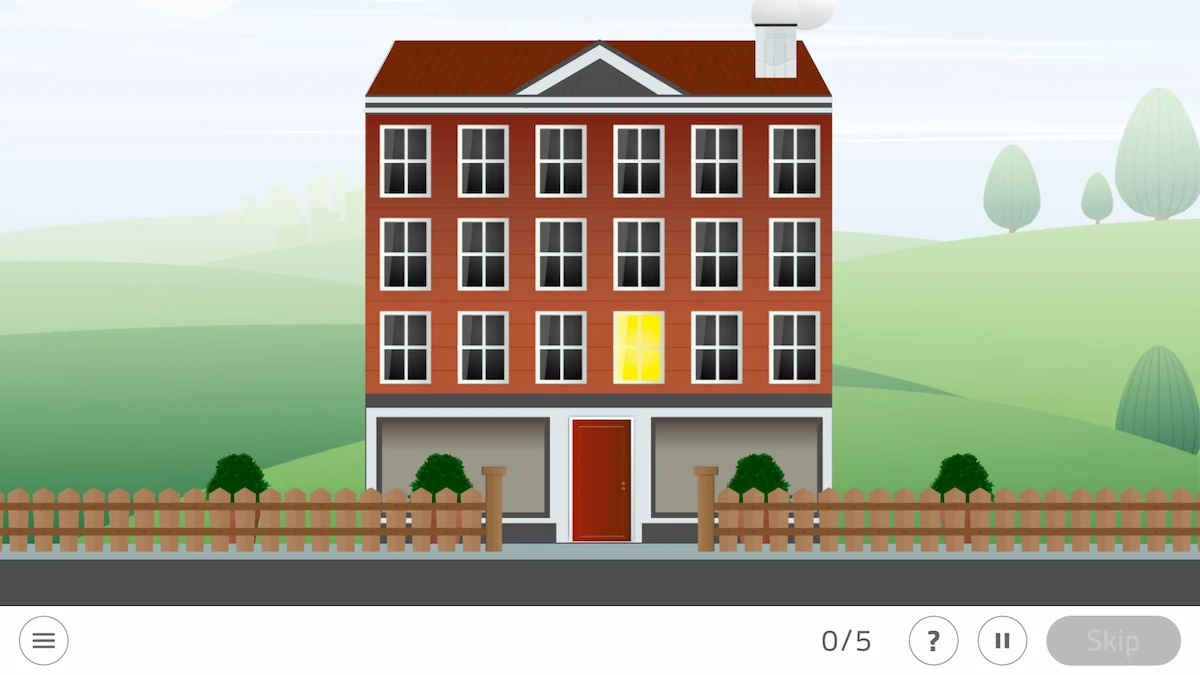
What does this activity work on?
This activity works on the episodic memory.
Play by levels
The game has 12 phases. Phase 1 is the easiest and phase 12 the most difficult.
If you liked this cognitive stimulation session for people with Alzheimer’s, we recommend you take a look at these posts:
“This article has been translated. Link to the original article in Spanish:”
Sesión de estimulación cognitiva para personas con alzhéimer
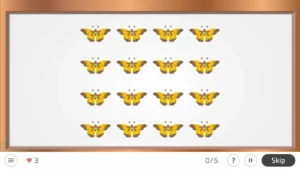
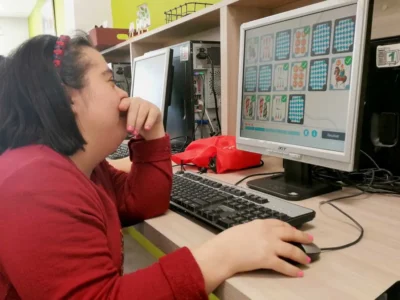
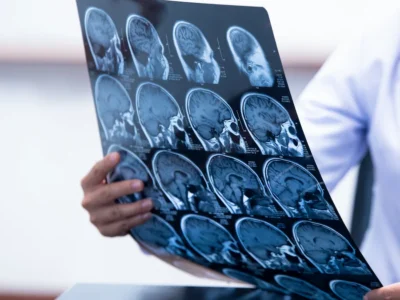
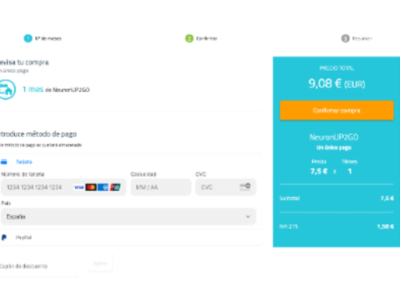
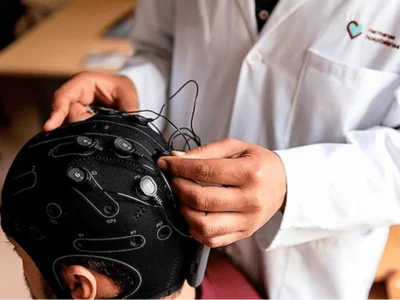


 Traumatic brain injury: Management and treatment
Traumatic brain injury: Management and treatment
Leave a Reply